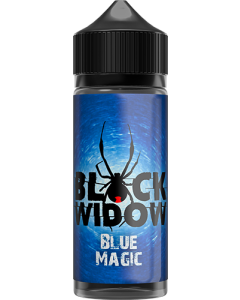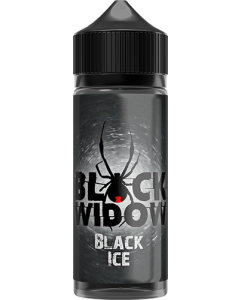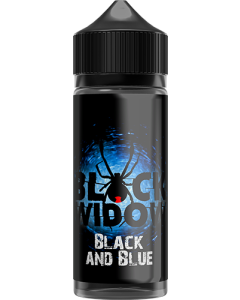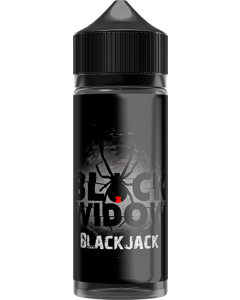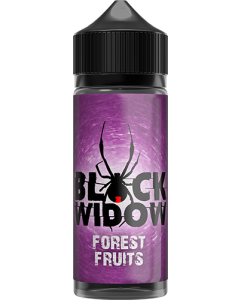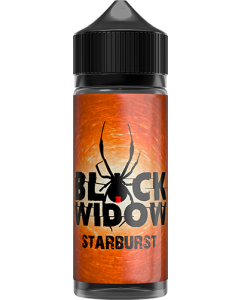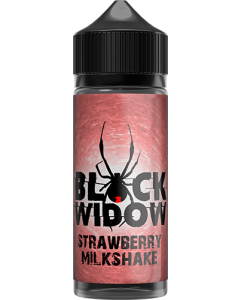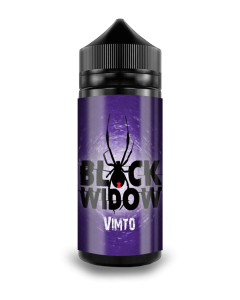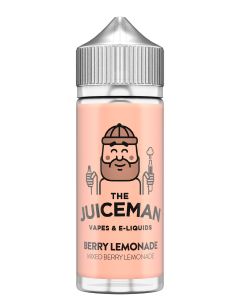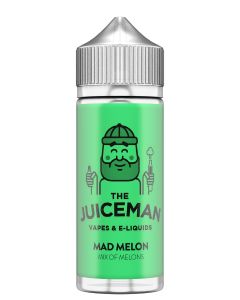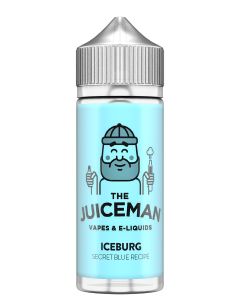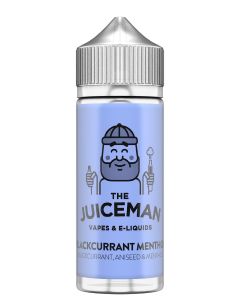What is PG & VG ?
When you buy vape juice, it’s likely that the two e-liquid ingredients you think about most are the flavours and the nicotine. What you might not realize, though, is that flavours and nicotine are actually the vast minority of what’s in any bottle of e-liquid. In fact, those two ingredients are about 15 percent of a vape juice’s recipe at the absolute most. So, what are you actually inhaling when you vape? In fact, two base ingredients – propylene glycol (PG) and vegetable glycerine (VG) – comprise the majority of an e-liquid’s contents. When you vape, in other words, what you’re inhaling is mostly PG and VG – so it’s a good idea to know what those two key e-liquid ingredients are and how they affect your vaping experience.
What are PG and VG?
Propylene Glycol (PG) and Vegetable Glycerine (VG) form the base of all e-liquids and affect the liquid’s thickness, flavour intensity, throat-hit and vapour production.
VG is a derivative of vegetable oil and is used to thicken the consistency of e-liquid. This then creates dense vapour clouds that many people who partake in sub-ohm vaping enjoy.
PG is propylene glycol and has a thin consistency. This is the component that often provides the bigger throat hit and is closely linked to the sensation of smoking. It is also sometimes used to carry flavour in food products. You can learn about these different elements, as well as the best PG VG ratio below.

PG is a synthetic liquid with a consistency slightly thicker than water. The PG used in your e-liquid is manufactured on an industrial scale by the reaction of propylene oxide with water. This process produces PG of very high purity, known as pharmaceutical grade. PG is a colourless liquid, with practically no taste or odour. It’s part of the chemical family known as “diols”, and the chemical structure is similar to an alcohol you might be familiar with, ethanol; found in alcoholic drinks. If you can think back to your school days you might remember from chemistry that “like dissolves like”, meaning PG is readily soluble in water as they share similar chemical properties.
1. Propylene Glycol is a colourless and odourless synthetic liquid used as a base for e-liquid.
2. PG produces a much stronger ‘throat-hit’ than VG, mimicking the sensation of smoking. Due to this, you will rarely see an e-liquid with a higher PG ratio of 70% as the vape becomes too harsh.
3. It has a thinner consistency than VG.
4. It is often considered a ‘flavour carrier’, as its presence helps boost the flavours added to it.
5. PG is a common ingredient in many foods and products that you use daily, such as toothpaste, soft drinks, bread and dairy products where it is used as an antioxidant, moisture preserver and stabilizer. It is also used in fog machines to create artificial stage smoke.
6. The Food and Drug Administration (FDA) has classified propylene glycol as “generally recognized as safe”.
How is it used?
Propylene Glycol can be found in various common household items. Amongst others, these include:
1. Nicotine inhalers
2. Toothpaste and other oral hygiene products
3. Medical products used orally, injected or as topical formulations
4. Pet food (excluding cat food)
5. Beauty products, including make-up, shampoo and baby wipes
What are the effects of PG in Vape Juice?
PG is used in vape juice to give more of a throat hit, making it a more popular choice with those who are trying to quit using cigarettes. It also thins out the liquid, making for more moderate, and even subtle plumes of vapour. If a person trying to quit smoking were looking for the best PG VG ratio, they would likely go for something higher in PG to give them the experience closest to smoking.
How else is PG Used?
Propylene glycol is used in a range of oral and topical medicines. It can also be used as a drug stabilizer and solvent.
Can you be allergic to PG or VG?
Allergies to PG and VG are extremely rare, and only 1 in 1000 people suffer from some kind of intolerance. Even if an allergy is present, the symptoms are often so minuscule that the person does not even notice them.
Is it safe?
Studies have shown that PG is safe to ingest orally, and the FDA has deemed it “generally recognized as safe” to be used as a food additive. However, most studies into the safety of propylene glycol look at ingestion, rather than consuming it in aerosol form. Of the limited studies that exist, a long-term experiment held in 1947 judged that inhaling PG was ‘completely harmless’. A 2010 study looking at PGEs (a mixture of propylene glycol and glycol ethers) suggested an increased risk of developing respiratory and immune disorders in children, such as asthma, hay fever and eczema. However, it was judged that glycol ethers, and not PG, are the more likely cause. Looking at the evidence, it is sensible to assume that PG is safe to be inhaled, but there is a need for more comprehensive studies to confirm this. Many misinformed scaremongering stories in the media claim that PG is a toxic substance used in antifreeze. However, there are two types of antifreeze: toxic and “non-toxic”. The toxic antifreeze uses the dangerous substance referred to as ethylene glycol, which is not used in vaping. PG-based antifreeze is used in food-processing machinery where toxic antifreeze could be problematic.
While PG is regarded as safe for humans and is generally regarded as safe as a food additive for dogs, it has been linked to Heinz body anemia in cats. Be careful when vaping around cats, particularly if you use PG in your e-liquid.
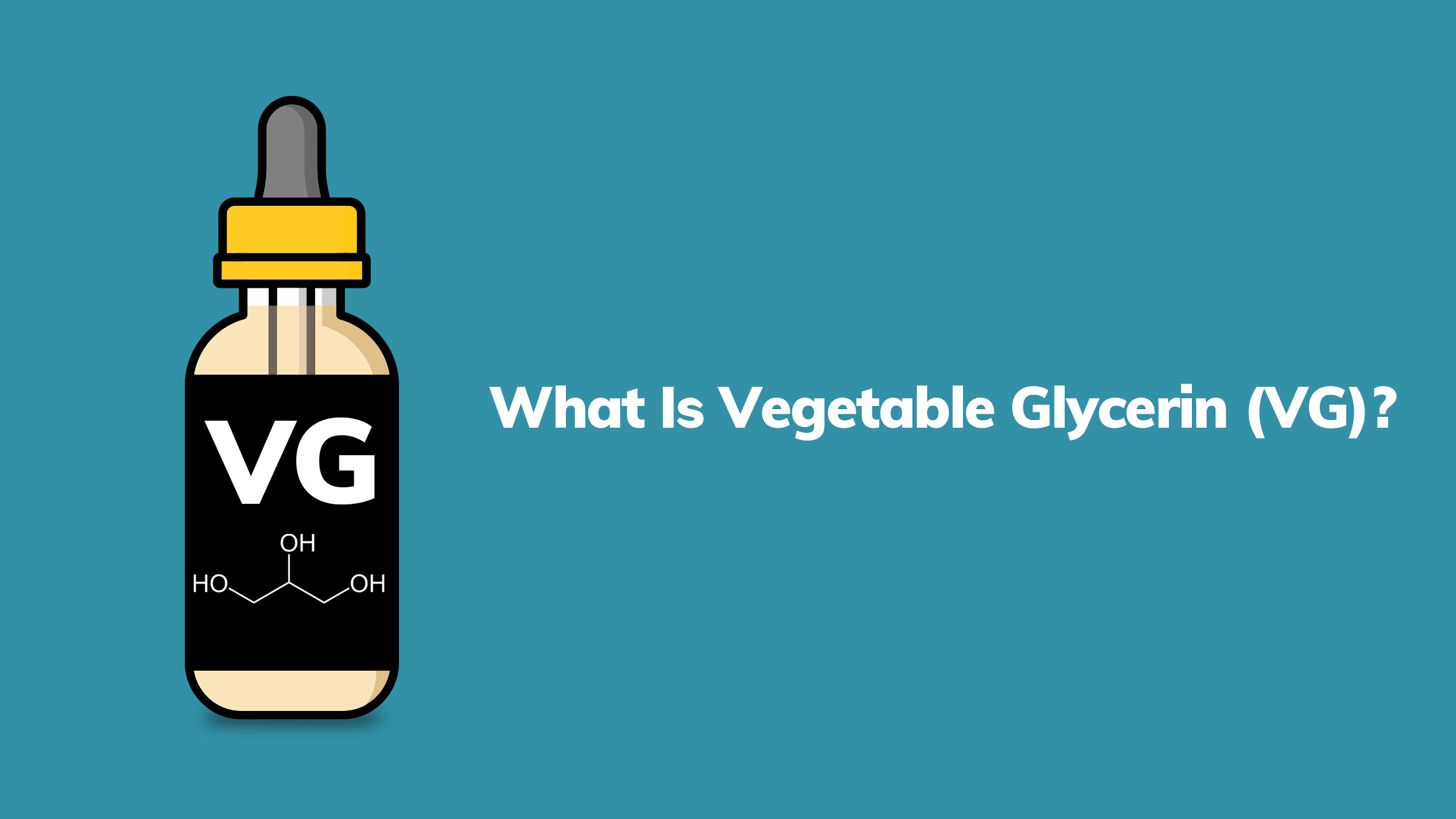
VG is vegetable glycerine, a derivative of vegetable oil. This ingredient is used mostly for thickening an e-liquid and therefore creating more dense vapour clouds. This makes a higher VG liquid better for those who enjoy sub-ohm vapour and like to ‘throw clouds.’ VG also has a slightly sweeter taste, so it can be good for the flavour of an e-liquid. In terms of the ratios of PG and VG, you’ll likely find that an e-liquid higher in VG is a sweeter flavour, such as a dessert flavour or bubblegum flavour.
1. Vegetable Glycerine is a colourless and odourless natural, syrup-like liquid extracted from vegetable oils.
2. VG produces more vapour than PG and has a smoother ‘throat-hit’, making it ideal for ‘cloud-chasing’ with a sub-ohm device.
3. It has a thicker consistency than PG. Due to this, you will rarely see an e-liquid with a higher VG ratio of 80% as the liquid becomes extremely thick and clogs up coils.
4. VG has a slightly sweet taste which can have a small effect on the overall taste of the e-liquid.
5. VG is commonly found in food, cosmetic and pharmaceutical products, as it provides several benefits. For example, VG provides a sweet taste and can stop ice crystals from forming in frozen foods such as ice cream.
6. The FDA has classified vegetable glycerine as “generally recognised as safe”.
Again, it can be found in numerous medical, food and personal care products:
1. Sweetener as sugar replacement
2. Beauty products, such as make-up, mousse, bubble bath, aftershave, and deodorant
Pet food
3. Soap and hand cream
4. Food such as baked goods, to increase moisture
5. To provide a thickening agent for certain medicinal creams, capsule pills, and jellies
6. Toothpaste and other dental care products
What are the effects of VG in e-liquid?
The main effects of VG in an e-liquid are the sweet flavour and the huge clouds that the person vaping can enjoy when using it. Of course, the PG VG ratio must still be correct, but the best PG VG ratio will all depend on that person’s preferences. Generally, if you’re somebody who enjoys thick, luscious clouds while vaping, a higher VG liquid will likely be your best bet. In some cases, you can vape a liquid that is 100% VG safely due to its thickness. However, this may need to be a E-liquid juice, as many vape stores offer a mixture of PG and VG only.
How else is VG used?
Vegetable glycerine is not only used in e-liquids, but in cosmetics, pharmaceuticals, and foods.
Is it safe?
The FDA has classified VG as “generally recognised as safe” and it is widely regarded as one of the most benign substances known to man. The SIDS assessment profile show it to have low toxicity when consumed, and of low potential to irritate the skin or eye. This, along with the widespread use of VG in food and medicine suggest it is safe for humans. However, as with PG, there are limited studies on VG being inhaled as opposed to ingestion. A 2008 study of the toxicity of inhaling aerosolized glycerol found minimal risks. We can assume the use of VG in vaping has no serious impact on health but, as with PG, we would welcome more detailed studies.
It is important to note that the risk of being allergic to vegetable glycerine is very low, making it a useful alternative for people who have issues when vaping e-juice containing PG. If you are allergic to palm oil or coconut oil then VG could prove a problem, but this is relatively uncommon. Diabetics could possibly experience problems with metabolizing VG, but this would not be an issue at the levels used in vaping.
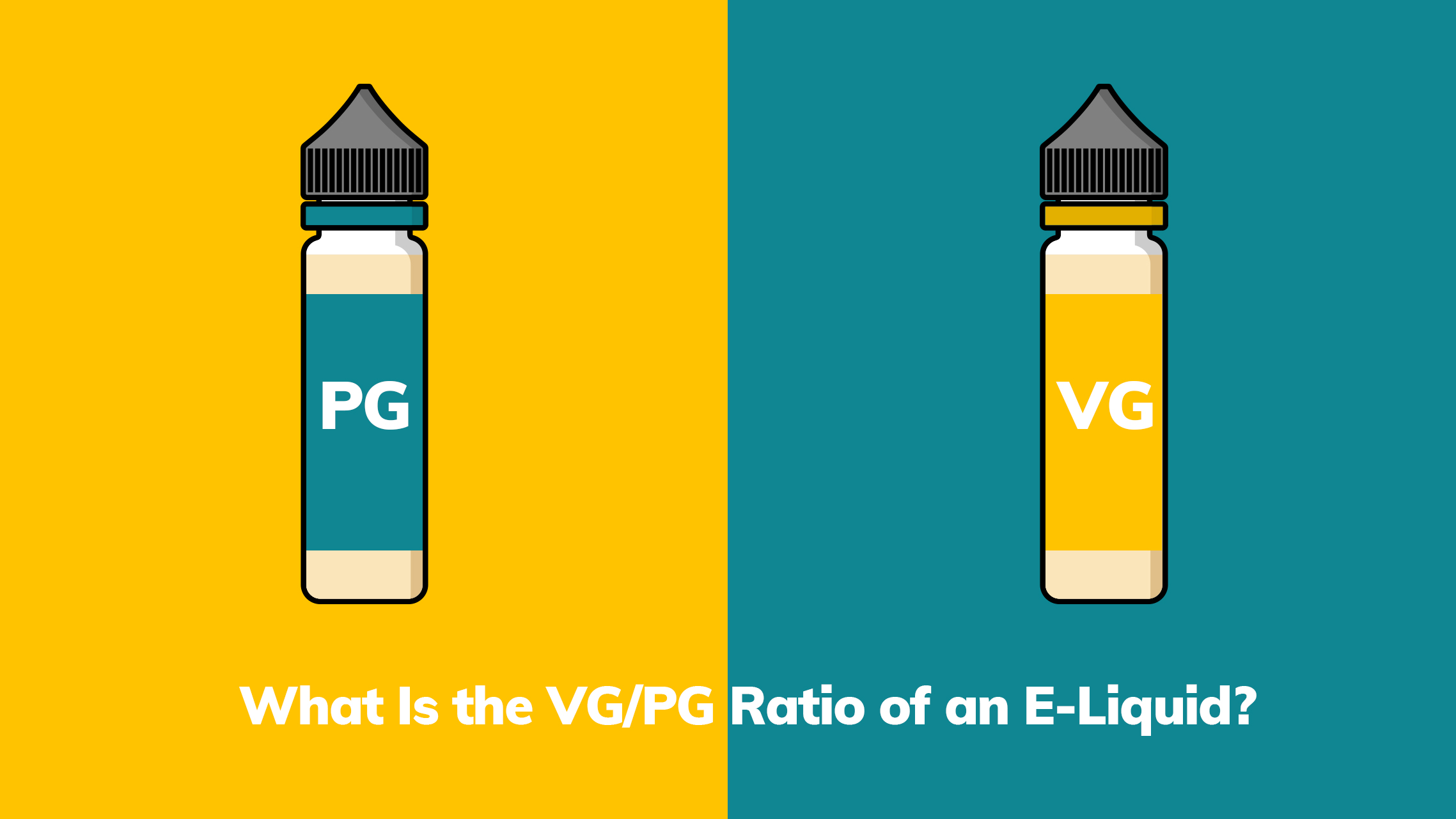
Now that we’ve explained what VG and PG are, let’s learn a bit more about how VG vs. PG compare in the world of vaping. Most e-liquid contains both VG and PG, and it’s the balance of those two ingredients that affect how a vape juice performs. That’s why almost every e-liquid has its VG/PG ratio printed on the bottle. An e-liquid with a high VG/PG ratio contains more VG than PG, and an e-liquid with a low VG/PG ratio contains more PG than VG. E-liquids containing only VG or only PG also exist, but they aren’t common. You can also find e-liquid with a 50/50 VG/PG ratio, which balances the benefits of both liquids
What ratio should I choose? When e-liquids are produced, they are made with different ratios of PG and VG. This leads to how soft or harsh the throat hit is, the strength of flavour and the amount of vapour produced. These mixes are then displayed as 50/50 VG/PG, 70/30 VG/PG or 80/20 VG/PG. If you prefer a sharper throat hit when you vape, you will need a higher PG ratio in your liquids. The throat hit is something many ex-smokers crave. If you prefer a smoother throat hit when you vape then you will need a higher VG ratio in your liquid. If you like to produce big clouds when you are vaping, then a high VG is needed, in fact, the higher the better. This is handy if you are planning on entering cloud competitions. This can also be known as sub-ohm vaping. If you like to keep your vaping low-key, then a higher PG is the way to go. Less vapour is produced when exhaled so it is much more discreet. If you like a more intense flavour, then a higher PG liquid is recommended. This is due to the chemical propertied in Propylene Glycol allowing it to carry flavour more.
Best Ratios PG and VG
50 VG / 50 PG
This is equal parts PG and VG. This is often found in cheaper, more basic flavours. Clouds will be mild, and the experience will provide a good throat hit for those who feel they need it.
60 VG / 40 PG
This ratio will give less of a throat hit, with moderate clouds of vapour. It’s popular with those who still enjoy a slight throat hit but enjoy the experience of vaping for the thick vapour clouds.
70 VG / 30 PG
This ratio gives a barely noticeable throat hit, with plenty of vapour clouds. Of course, there is the option to go even higher in VG for those who want even bigger clouds or are considering entering competitions.
PG VG Ratio Summary
In short, the more PG in a vape juice, the thinner the liquid and the stronger the throat hit. More VG gives more vapour and a sweeter taste overall. It’s crucial to find the right mix for your needs when mixing your own e-liquid.
What is the best PG/VG ratio for flavour?
There is a reason why many vapers move towards sub-ohm devices as they become more experienced, and that is flavour
Although PG is a ‘flavour carrier’, the flavour intensity of higher-PG e-liquids are hindered by the device and coil used. In comparison, sub-ohm devices paired with higher VG e-liquid, produce double the vapour and thus double the flavour E-liquid !
Are PG and VG safe to vape?
Propylene Glycol and Vegetable Glycerine have been consumed by humans for decades. Both are considered safe for human consumption by US, European and UK food authorities. In fact, PG and VG are common ingredients in many foods, cosmetic and pharmaceutical products.
PG can commonly be found in:
1. Toothpaste
2. Medical products (oral, topical, rectal, inhalation, injectable and drop (eye, ear, and nose))
3. Theatrical smoke (stage smoke)
VG can commonly be found in:
1. Ice cream and other frozen goods
2. Cakes and other baked goods
3. Natural sweeteners
When it comes to its safety in e-liquid, it is important to note that e-liquid is tightly regulated, especially here in the UK. The TPD, which came into force in the UK in 2014, requires e-liquid and their ingredients to meet strict safety standards and be tested regularly.
Vaping is not considered completely risk free, but the leading health organisations in the UK, including the Royal College of General Practitioners, British Medical Association and Cancer Research UK agree that vaping is far less harmful than smoking. Based on the currently available evidence, Public Health England and the Royal College of Physicians estimate they are at least 95% less harmful than traditional combustible cigarettes.
What Are the Benefits and Drawbacks of a High VG/PG Ratio?
High-VG E-Liquid Is Best for Big Vapor Clouds
As we mentioned above, VG is considerably thicker and more viscous than PG. Therefore, the higher an e-liquid’s VG/PG ratio is, the thicker the e-liquid will be. That contributes both to the primary benefit and the primary drawback of high-VG e-liquid. On one hand, the thickness means that you’ll get the biggest and most luxurious vapor clouds from an e-liquid with a high VG/PG ratio. That’s what makes high-VG e-liquids popular among people who use luxury vaping devices designed for serious cloud chasing. With a high-VG e-liquid, you’ll enjoy huge vapor clouds that fill a room and hover in the air for ages. You’ll also enjoy a thick, creamy mouthfeel.
High-VG E-Liquid Is Best for Smoothness and Sweetness
The fact that VG has a sweet flavour means that it tends to enhance e-liquids with sweet flavor profiles. A high-VG blend is always a perfect complement for a dessert, candy or beverage vape juice. Using a high-VG blend for a sweet e-liquid allows it to taste very sweet even if it has no – or very little – added sucralose. Thus, a high-VG blend can make it possible to create a sweet vape juice that’s still very coil friendly. Many people also find that the sweetness of VG helps to mask the sensation of throat hit, thus making a high-VG e-liquid very smooth and easy to inhale.
High-VG E-Liquid Isn’t Always Best for Small Vaping Devices
The thickness of a high-VG e-liquid can also be a drawback if you use an entry-level vaping device such as a very small vape pen starter kit. The smallest vaping devices are designed to give the best performance with e-liquids that aren’t too viscous. If you use a high-VG e-liquid with a very small vaping device, you may experience harsh “dry hits.” With small vaping devices, it’s generally best to use an e-liquid containing at least 50 percent PG.
What Are the Benefits and Drawbacks of a Low VG/PG Ratio?
High-PG E-Liquid Is Best for Flavour Definition and Throat Hit
Because PG is such an effective solvent, it’s also a great flavour carrier. In fact, many of the flavours concentrate used in e-liquid production use PG as a base, which makes them perfect for adding directly to e-liquid. When you use a high-PG e-liquid, you’ll enjoy a clear flavour definition. The sweetness of VG, in comparison, can tend to make subtle flavours difficult to taste. Because PG doesn’t have the sweetness of VG, some people feel that it produces a stronger and more assertive throat hit. For those reasons, you might enjoy a high-VG e-liquid if you prefer complex flavour blends or enjoy savoury flavours like tobacco.
High-PG E-Liquid Is Best for the Smallest Vaping Devices
If you use a very small vaping device like an entry-level vape pen or a pod system, you may find that high-PG e-liquid works best with your device because of its low viscosity. In a vaping device designed for maximum convenience and portability, the openings that the e-liquid must travel through to reach the atomizer coil are often very small. The smaller those holes are, the thinner your e-liquid should be in order to avoid dry hits.
High-PG E-Liquid Isn’t the Best Choice for Cloud Chasing
Although the thinness of high-PG e-liquid can be a benefit for those who use very small vaping devices, it can also be a drawback if you use a more powerful vaping device designed for cloud chasing. That’s because a high-PG e-liquid produces smaller, thinner vapor clouds that dissipate from the air quickly. High-PG e-liquid is a perfect choice for discreet vaping, but it’s not the best option if you love big clouds.
Are they unhealthy or bad for me? Both VG and PG are non-toxic organic compounds that are used in many every day products, such as foodstuffs, medical products ands animal foods. They are both deemed safe by the FDA. An extremely small percentage of people can be allergic or have sensitivities to PG. If you find a high PG liquid too harsh to smoke, even though you have a low nicotine level, you may want to try switching to a higher VG liquid, as you may be sensitive or allergic to PG. There don’t really tend to be many symptoms of a PG allergy, but they mainly consist of a sore or dry throat.
Conclusion
(a). Propylene Glycol (PG) and Vegetable Glycerine (VG) form the base of the e-liquid, to which flavour and nicotine are added.
(b). E-liquid contains a mixture of both PG and VG, with the ratio stated on the bottle.
(c). The PG/VG ratio you need depends on your personal preference and the coil resistance used.
(d). Higher VG liquids work better with lower resistance coils (less than 1ohm), whilst 50/50 e-liquids work well with higher resistance coils (more than 1ohm).
(e). High VG e-liquids produce more vapour and have a smoother throat-hit, but the liquid is thick and can clog up coils quickly.
(f). E-liquids with more PG give more of a throat-hit and a sharper flavour. The liquid is thinner than VG, making it ideal for use with coils above 1ohm.
(g). VG heavy e-liquids usually have a nicotine strength of 3mg or less, as anything above this becomes too harsh.
(h). 50/50 e-liquids come premixed with nicotine up to 18mg.
(i). For more of a traditional smoking sensation, use an MTL device with a coil of above 1ohm, paired with 50/50 e-liquid.
(j). For maximum flavour, use a sub-ohm coil and higher VG liquid. You inhale double the vapour, and thus double the flavour!
(k). It’s up to you whether you prefer to vape with an MTL or a Sub-Ohm device. Check out our Guide to DTL, MTL and Sub-Ohm for more information on this!

